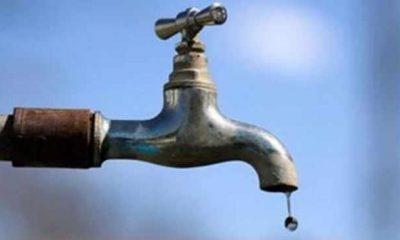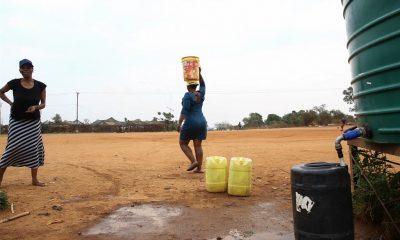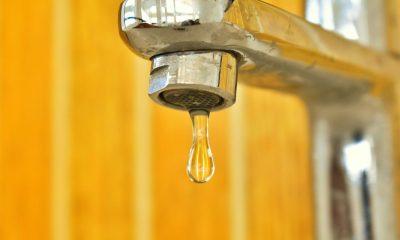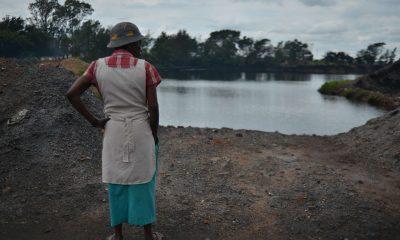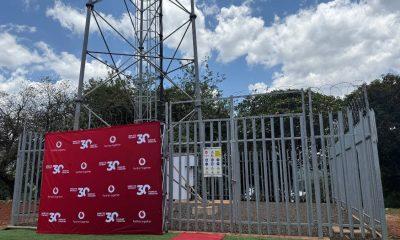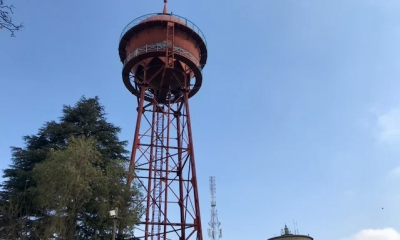411
How the Gauteng Water Usage Dashboard is Helping to Solve the Water Crisis
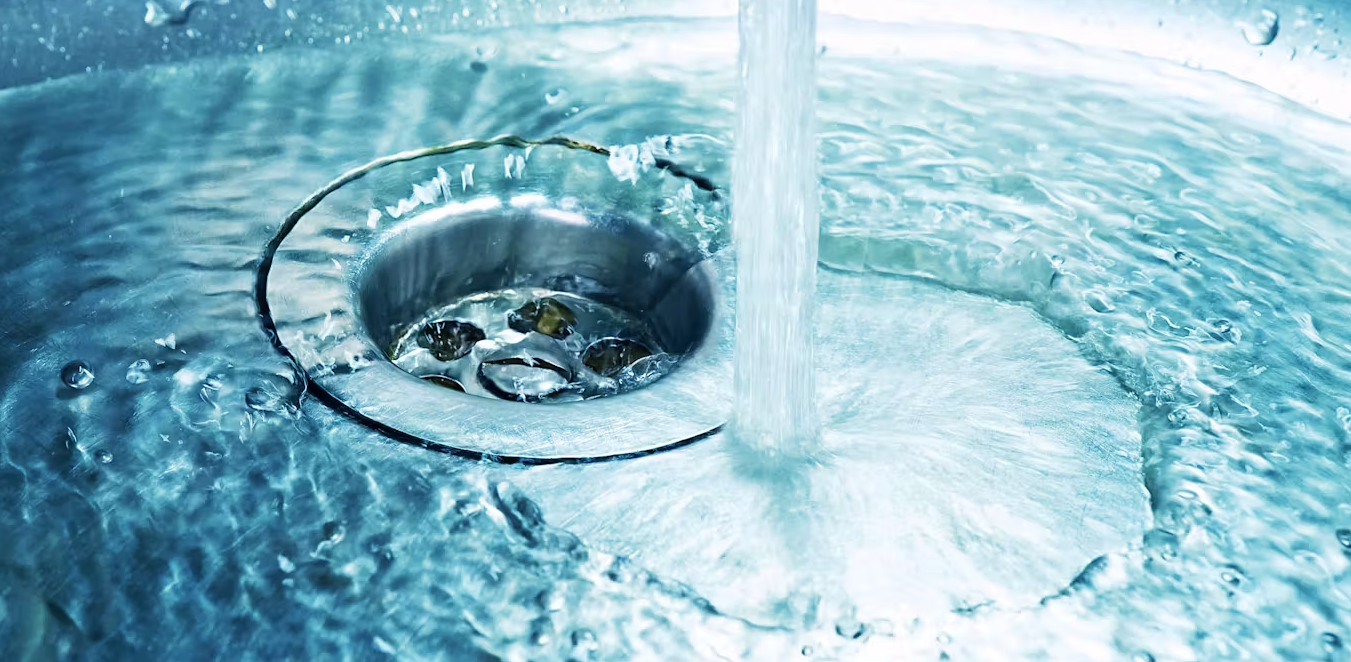
The water crisis in Gauteng is escalating, with residents and industries alike facing an uncertain future in the province’s water security. With a population of 15 million people, the region is in urgent need of solutions to address the ongoing issues of water supply and demand. Fortunately, the Strategic Water Partners Network (SWPN) has introduced an innovative tool—the Gauteng Water Usage Dashboard—to provide the data-driven solutions needed to overcome these challenges.
What is the Gauteng Water Usage Dashboard?
The Gauteng Water Usage Dashboard is a crucial initiative designed to tackle the water crisis head-on. This dashboard aims to provide real-time insights into water consumption patterns, infrastructure performance, and non-revenue water (NRW) monitoring. By offering transparency and clarity, the dashboard helps water users, municipalities, and stakeholders make informed decisions and manage water resources effectively.
According to Peter Varndell, CEO of the NEPAD Business Foundation, and Alyssa Jooste, Africa Sustainability Manager at The South African Breweries, the need for accurate and accessible data is more critical than ever. The dashboard not only provides performance metrics but also showcases actionable steps for reducing water usage, preventing leaks, and improving water conservation across the province.
Key Features of the Gauteng Water Usage Dashboard
The Gauteng Water Usage Dashboard offers several key features that are vital in the fight against the province’s water crisis:
- Real-Time Water Consumption Trends: By tracking water use, the dashboard highlights overuse trends, helping municipalities and consumers understand where improvements can be made.
- System Status and Capacity Levels: The dashboard provides live data on water supply systems, helping authorities monitor whether they are operating within their capacity.
- Non-Revenue Water Monitoring: One of the most significant issues in Gauteng is the high level of non-revenue water—water that is not billed due to leaks, illegal connections, or flat-rate billing. The dashboard helps authorities track NRW and implement targeted interventions.
- Transparency and Accountability: Data on water usage is publicly available, encouraging consumers to be mindful of their water consumption and understand how their behavior impacts the system.
- Municipal Water Management Initiatives: The dashboard provides updates on municipal efforts to address water management issues, from reducing leaks to promoting water-wise usage.
Addressing Non-Revenue Water (NRW)
One of the major concerns highlighted by both Varndell and Jooste is the high level of NRW in Gauteng, which represents up to 50% of the water supply. This includes water that is unbilled, lost through leaks, or siphoned off through illegal connections.
Jooste emphasizes that tackling NRW is not just about fixing leaks; it’s about addressing the underlying system failures and ensuring that water is used efficiently across all sectors. The SWPN has launched targeted projects in various municipalities, such as Polokwane, to reduce NRW and increase revenue generation, which can then be reinvested into infrastructure and conservation strategies.
How Data-Driven Decisions Can Shape the Future of Water Security
The introduction of the Gauteng Water Usage Dashboard is not just a tool for tracking water consumption—it is a strategic approach to managing the water supply crisis. By using smart metering and integrating manual data collection from municipalities, the dashboard creates a “single source of truth” that stakeholders can rely on. This ensures that efforts to improve water security are based on accurate data rather than assumptions or outdated figures.
As Dr. Sean Phillips, Director-General of the Department of Water and Sanitation (DWS), notes, this dashboard exemplifies what can be achieved when sectors collaborate around a common goal. The data from the dashboard will inform long-term plans and help the province meet its water and sanitation master plan.
The Path to Water Security: Closing the Gap
To address the water crisis effectively, Gauteng needs to close the widening gap between water supply and demand. Through partnerships between the public and private sectors, such as those led by the SWPN, significant strides are being made to increase supply, reduce demand, and ensure sustainable water use in the future. The Gauteng Water Usage Dashboard is at the heart of this effort, providing the data necessary to guide decision-making and shape consumer behavior.
As the dashboard evolves and adapts to the needs of the stakeholders, it offers a clear roadmap toward water security in Gauteng before the critical target of 2030.
The Power of Data in Solving the Water Crisis
The Gauteng Water Usage Dashboard is more than just a tool—it’s a game-changer in the fight to secure the province’s water future. By harnessing the power of data, Gauteng is taking a proactive approach to address water shortages, prevent waste, and create a more sustainable water system for future generations. Transparency, accurate data, and collaboration will be key in overcoming the province’s water crisis and achieving long-term water security.
Follow Joburg ETC on Facebook, Twitter , TikTok and Instagram
For more News in Johannesburg, visit joburgetc.com

